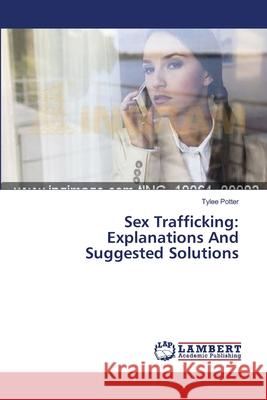Sex Trafficking: Explanations And Suggested Solutions » książka
Sex Trafficking: Explanations And Suggested Solutions
ISBN-13: 9783659541704 / Angielski / Miękka / 2014 / 96 str.
This book employs framing theory (Goffman 1974) to analyze interviews with sex workers and three groups of service providers experienced with sex trafficking: (1) law enforcement officials, (2) social service agents, and (3) health care providers. The data set, "International and Domestic Trends in Sex Trafficking of Women in the United States, 1999-2000," was collected in 2000 by Dr. Donna Hughes and Dr. Janice Raymond and entails verbatim interviews on various topics regarding sex trafficking including explanations for occurrence and solutions for combating sex trafficking in the United States. Framing theory was used to analyze the diagnostic and prognostic frames for variation between and within groups and measure the consistency of solutions and explanations. I find that the dominant diagnostic frame was a financial frame, whereas the dominant prognostic frame was a need for law change. Groups vary somewhat in their articulation of frames. Moreover, the prognostic frames do not coordinate with diagnostic frames. In other words, suggested solutions do not match perceived explanations.











